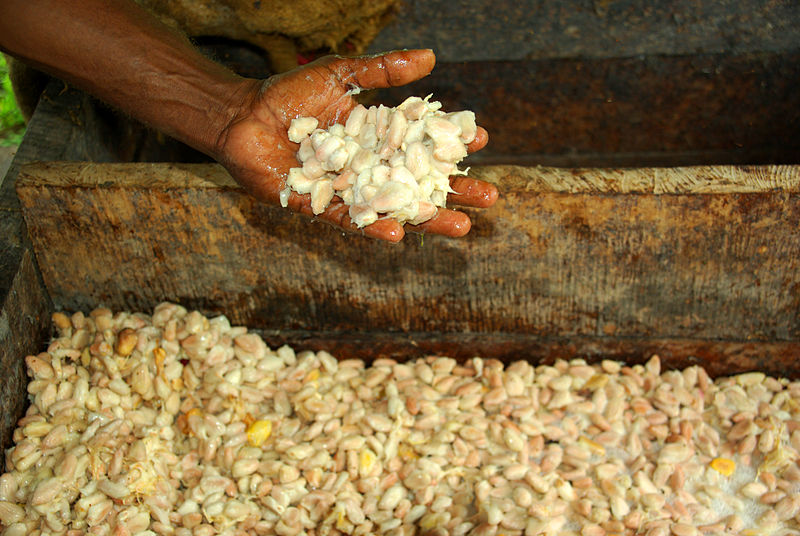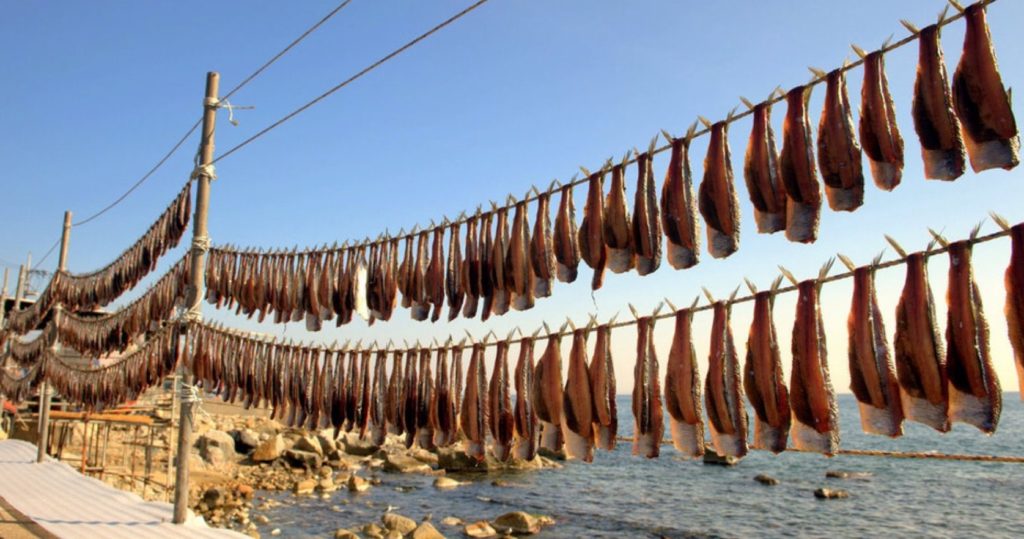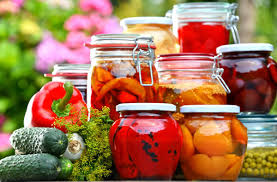Back to: AGRICULTURAL SCIENCE JSS2
Welcome to class!
Welcome to a new term. This is the Final term of JSS2.
In today’s class, We will be discussing the preservation of farm produce for marketing. Enjoy the class!
Preservation of Farm Produce for Marketing
1. Preservation Method: Fermentation
With the fascinating science of fermentation, you can control spoilage. In other words, the foods you preserve by fermenting them will technically still spoil, “age” or “ripen,” but they’ll do so with friendly even beneficial microbes rather than hostile ones. Lucky for us, generations of people before us have paved the way, and their secrets are mostly low-tech.
Fermented foods are created by allowing one type of microbe to act on a food substance in order to convert some of its components into alcohols or acids. Alcohols are fermented by yeasts, while most foods are fermented by lactic acid bacteria. Some mold-ripened cheeses are created by the work of fungi, and other cheeses are fermented by the work of bacterial cultures. This family of preserved foods includes some of the world’s greatest culinary treasures, including bread, cheese, pickles, sauerkraut, chocolate, beer, coffee, wine and a whole host of cured meats, to name but a few.

The bacteria, yeasts and fungi necessary to ferment different foods can be naturally occurring or wild, as it was for each of these marvellous foods to have been discovered in the first place. Or it can be purposefully cultured with ingredients obtained via cheesemaking or homebrew suppliers. To try fermentation at home, start with the simple recipe for sauerkraut below.
2. Preservation Method: Acidification
Many foods last longer if they are simply dunked in a bath of vinegar. Just as vinegar rids dirty clothes and kitchen countertops of infectious germs, it can be put to the same though tastier use with fruits, vegetables and herbs. The most famous vinegar-preserved foods are cucumbers (though some cucumber pickles are actually fermented), but many other foods are delicious in vinegar, turnips, beets, radishes, carrots, leeks, kale, garlic scapes, Swiss chard, green beans, cauliflower, zucchini, peppers, asparagus, cantaloupe and green tomatoes are just some of the options that are delicious when pickled. From balsamic and apple cider to rice and champagne, a wide world of vinegar flavours awaits. The recipe above provides a super simple way to preserve fresh cucumbers using acidification.
3. Preservation Method: Drying Food
Dehydrating food makes it less attractive to moisture-loving bacteria. Removing the water also concentrates flavours in a mighty tasty way, and it’s a fitting trick for fruits and veggies of all kinds. Dried foods take up the least pantry space of all the preserved treats you might make, and the benefactors of this technique are limited only by your imagination. Food dehydrators make easy work of drying food, but it’s easy to do in an oven set on low heat, too. Once they’re dried to a crisp, store foods in an airtight container. Some foods, such as plum tomatoes, are also great halfway dried and then stored in oil.

4. Preservation Method: Root Cellaring
The practice of “putting food by” refers to storing produce for long periods of time, and it is often quite simple. Many foods will last weeks or months if kept in a cool, dark spot. Some foods benefit from being coated first in oil or being stored in a bucket of sand; others will keep when simply set on a shelf. You can build a fancy ventilated root cellar if you’ve got the space, time and inclination, but a cool, dark corner of your garage or basement will probably do nicely.

5. Preservation Method: Home Canning
From simple canned tomatoes to homemade soups, canning is a great way to preserve the peak-harvest flavours of many fresh foods. However, it is extremely important to do it right, so be sure to learn the basics. While canning is simple and safe with the proper instruction, improperly canned foods can make you and your family sick. The easiest method of canning is called water-bath canning, and it’s a great way to preserve acidic foods such as pickles and tomatoes. For nonacidic foods, you will need to rely on the more complex system of pressure canning. We recommend starting with the easier water-bath canning to learn the technique before moving on to pressure canning.

6. Preservation Method: Freezing Food
Freezing helps prevent food from spoiling before we’re ready to eat it. Several tricks and tips can improve your freezer strategies. Many foods freeze well, but a few—such as lettuce, cream sauces and whole eggs in shells really just don’t. Obviously, it’s helpful to know the difference. Some foods, such as blueberries, can be frozen as is; others, such as greens, must be blanched first. To blanch, bring a pot of water to boil, dunk food for a brief time, then pat the food dry and freeze in freezeproof containers. To make efficient use of freezer space, try freezing liquids such as soups in baggies laid flat on a baking sheet. Once frozen, they can be stacked neatly elsewhere in the freezer. You can also fill ice cube trays with sauces such as pesto and then pour the cubes, ready for single-serving uses, into a freezer container.
In our next class, we will be talking about Storage of Farm Produce. We do hope you enjoyed the class?
Should you have any further question, feel free to ask in the comment section below and trust us to respond as soon as possible.

The content is educative.
This content is educative, well listed and well explained
Is interested
The site is educative
good job
More blessings